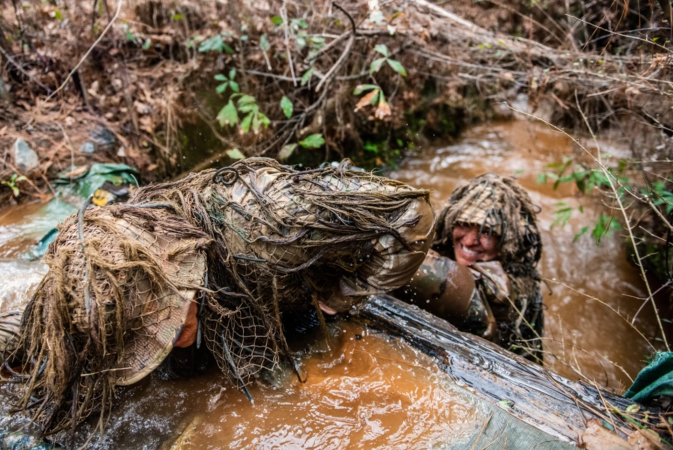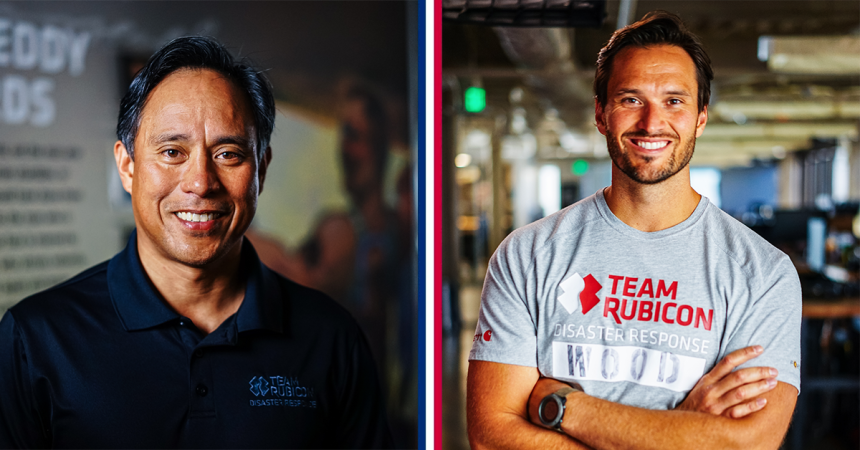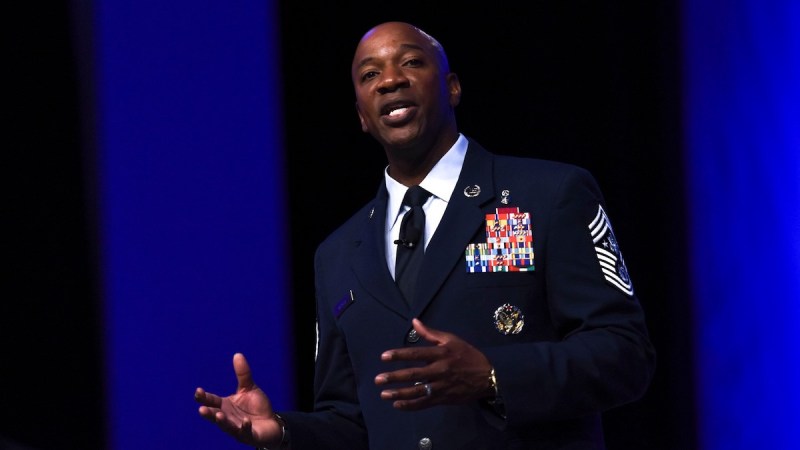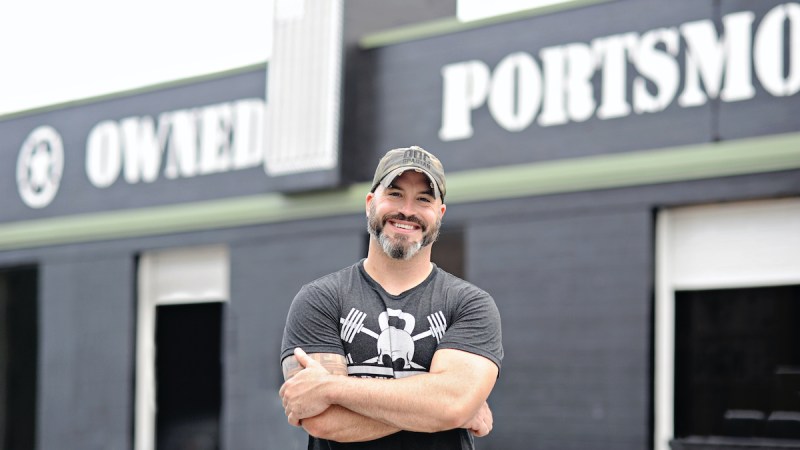
For over 20 years, American warfighters have worn the Joint Services Lightweight Integrated Suit Technology (JSLIST) on the battlefield and during training for their CBRN protection. But its days are numbered. Brought into service in the 1990’s and now nearing the end of its shelf life, the JSLIST will be replaced by the Uniform Integrated Protective Ensemble, Increment 2 (UIPE II) in the very near future. What will UIPE II look like? That’s not certain at the moment, but there are some new technologies and advancements that are likely to have an impact:
- Better materials – Anyone who has worn the JSLIST remembers the black powder residue that coated your skin and uniform after taking it off. That’s because it had layers of activated charcoal that consisted mostly of carbon. Nowadays, carbon beads are all the rage and can provide adequate protection at a lighter weight.
- Lamination of materials – A recent breakthrough in research proved that removing the air gap between layers of materials can lower the thermal burden on the soldier by a large margin. Picture this…future CBRN suits will most likely be layers of materials. So if you have an outer shell, a carbon bead layer, an aerosol barrier, and a comfort liner sewn together in one suit, the thin layers of air in between those materials will heat up. But laminating them together squeezes out all the air and ends up making the soldier cooler. And not just a little, but a lot. That’s huge.
- Undergarments – Using the same concept as lamination, undergarments can keep the warfighter cooler than an overgarment by removing the air next to the skin. Research has shown that wearing an undergarment as close to the skin as possible reduces the heat stress. It will take some getting used to, but the UIPE increment 1 suit consists of an undergarment under the duty uniform and is being fielded now.
- Conformal fit – Once again, getting rid of all that air brings the temperature down, so a closer fitting uniform with less material reduces the thermal burden on the warfighter while also reducing the potential for snagging on surfaces as he does his mission.
- Better seams and closures – Contamination doesn’t get through a suit unless it has a path and those paths are almost always along seams and closures. Seams and closures are frequently the weakest points that allow particles to get through, but several advancements will counter that.
- Omniphobic coatings – Have you ever seen that video of ketchup rolling off a dress shirt? Well, it’s out there and it works. Now think of how effective that concept can be for chemical agents. If 50% of the agent sheds off the uniform and falls to the ground before it has a chance to soak into the suit, that’s half the contamination that can reach the trooper. Omniphobic coatings are still in their early stages of development, but they could be game changers when matured.
- Composite materials – Just because you can make a suit out of one material doesn’t mean you should. Future suits will have different materials in different areas, like stretchy woven fabrics in the torso (where body armor is) and knit materials that offer less stretch but more protection in the arms and legs.
- Overall lower thermal burden – Here’s where the money is. Almost all of these factors contribute to the one big advantage everyone who’s ever worn MOPP 4 wants to hear – less heat stress – which equates to warfighters being able to stay in the suit and do their jobs longer with a lower chance of being a heat casualty. Break out the champagne.
- Flame resistance – Because catching on fire sucks. Most uniforms these days have flame resistant coatings or fabrics, but therein lies the challenge. When you add up all the other technologies, the big question is how do you do it all? How do you coat a suit with omniphobics and flame resistance while also laminating composite materials, making it conformal fitting and lowering the thermal burden while also providing an adequate level of CBRN protection, which is the most important aspect of all? Really smart people are working on that.
- A family of suits – Common sense tells us one size does not fit all. The DoD has a history of procuring one suit for everyone, like the JSLIST is now fielded to all warfighters. But slowly that has been changing. Everyone has a different job to do while wearing CBRN suits. Some warfighters need a low level of protection for a short period of time while others need more protection for longer periods. A family of suits instead of one is the answer.
MOPP 4 sucks. It’s just a basic tenet of warfighting. We embrace the suck and drive on, but with the progress CBRN suits have made recently, we won’t have to embrace quite as much suck as before.










